A week into teaching fractions and your students are dividing M&Ms evenly into 4 piles and cutting pies into 3, 4, even 6 equal parts. You think they’re ready to move on so you start teaching equivalent fractions or adding fractions or comparing fractions...Only to be met with blank stares. So it’s back to basics. Here are some strategies for teaching fractions that worked in my classroom:
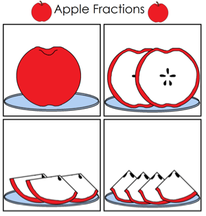
1. Start with what kids already know: sharing fairly.
Students come to school with a sense of “fairness.” Build
on their informal understanding with sharing exercises: if
you have 12 jelly beans, how do you divide them equally
among 2 people? How about 3 people? Now 4? When
students can divide discrete objects, present them with
whole objects, such as apples or oranges: How would you
divide this orange so that you and your friend get the
same amount? Don’t introduce the language of fractions
(one-half, thirds, quarters) or begin labeling the fractions until students demonstrate that they can correctly divide objects. If you don't have fraction manipulatives in your classroom, try Donna Young's printable paper manipulatives. Students can explore fractions (and other math topics) virtually using this fun tool from McGraw Hill.
Students come to school with a sense of “fairness.” Build
on their informal understanding with sharing exercises: if
you have 12 jelly beans, how do you divide them equally
among 2 people? How about 3 people? Now 4? When
students can divide discrete objects, present them with
whole objects, such as apples or oranges: How would you
divide this orange so that you and your friend get the
same amount? Don’t introduce the language of fractions
(one-half, thirds, quarters) or begin labeling the fractions until students demonstrate that they can correctly divide objects. If you don't have fraction manipulatives in your classroom, try Donna Young's printable paper manipulatives. Students can explore fractions (and other math topics) virtually using this fun tool from McGraw Hill.
2. Use the sharing examples above to introduce comparing and ordering fractions. As the
number of people sharing something increases, the amount they each receive
decreases. Would you rather share the jelly beans with three people (receiving 1/3) or
five people (receiving 1/5)? 1/3 of the jelly beans is greater than 1/5. When comparing
and ordering fractions, I also present my students with a chart, similar to this one, that
helps students easily visualize how fractions are related to one another and identify
equivalent fractions.
number of people sharing something increases, the amount they each receive
decreases. Would you rather share the jelly beans with three people (receiving 1/3) or
five people (receiving 1/5)? 1/3 of the jelly beans is greater than 1/5. When comparing
and ordering fractions, I also present my students with a chart, similar to this one, that
helps students easily visualize how fractions are related to one another and identify
equivalent fractions.
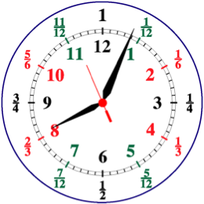
3. Connect fractions to students’ everyday lives. For
example:
lesson plan on Thirteen.org explaining how fractions are used in everyday life.
example:
- How much time is left until lunch? 1/4 of an hour.
- Have students take a survey of the class: How many people like chocolate ice- cream? 1/3 of the class.
- How much glue is left in the bottle? About 5/8.
- Would you rather strike out 2 out of 5 times or 3 out of 4 times? 2/5 is less than 3/4.
lesson plan on Thirteen.org explaining how fractions are used in everyday life.
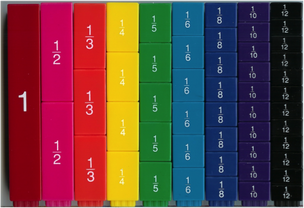
Using Cuisinaire rods as fraction manipulatives
4. Make fractions visual by using physical
manipulatives. One study demonstrated
that students average test scores were
higher when fraction concepts were
presented using physical manipulatives
instead of drawings of fractions.
Manipulatives include fraction sticks,
Cuisinaire rods, and folded strips of paper.
A fun alternative to the usual classroom
fraction manipulatives: Play-doh! When students are able to demonstrate their understanding of fractions using physical manipulatives, you can present concepts using virtual manipulatives. One of my favorite resources is the National Library of Virtual Manipulatives (scroll down for the “fraction” resources). Students can also create fraction models and convert them into decimals and percents with Illuminations.
manipulatives. One study demonstrated
that students average test scores were
higher when fraction concepts were
presented using physical manipulatives
instead of drawings of fractions.
Manipulatives include fraction sticks,
Cuisinaire rods, and folded strips of paper.
A fun alternative to the usual classroom
fraction manipulatives: Play-doh! When students are able to demonstrate their understanding of fractions using physical manipulatives, you can present concepts using virtual manipulatives. One of my favorite resources is the National Library of Virtual Manipulatives (scroll down for the “fraction” resources). Students can also create fraction models and convert them into decimals and percents with Illuminations.
5. Use an “anchor” in all of your fraction lessons. For example, keep an image of a
fractions labeled on a number line posted throughout your lessons. This reminds
students that the numerator and denominator aren’t separate whole numbers but that
the fraction as a whole is a rational number. If your lesson involves examples where
students are creating fractions out of apples, keep an image or actual apple visible: this
helps students understand that each piece of apple is part of the whole apple.
fractions labeled on a number line posted throughout your lessons. This reminds
students that the numerator and denominator aren’t separate whole numbers but that
the fraction as a whole is a rational number. If your lesson involves examples where
students are creating fractions out of apples, keep an image or actual apple visible: this
helps students understand that each piece of apple is part of the whole apple.
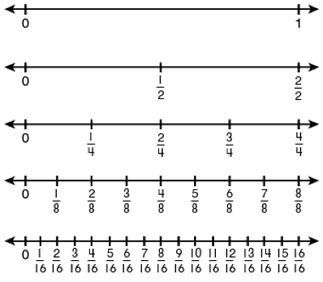
6. I can’t stress the use of NUMBER LINES
enough. The core of so many problems
with fractions stem from a lack of
understanding this simple fact: fractions
are rational numbers that lie between 0
and 1 on the number line (excluding
improper fractions). Demonstrate how
to plot fractions on a number line.
Create giant number lines on the floor
and have students tape fractions on the
number line. Teach comparing and
ordering fractions using a number line.
Use virtual number lines.
enough. The core of so many problems
with fractions stem from a lack of
understanding this simple fact: fractions
are rational numbers that lie between 0
and 1 on the number line (excluding
improper fractions). Demonstrate how
to plot fractions on a number line.
Create giant number lines on the floor
and have students tape fractions on the
number line. Teach comparing and
ordering fractions using a number line.
Use virtual number lines.
7. Does this sound familiar: “The num..ater.. of the fraction 1/3 is 3.” Even after my tenth
lesson on fractions, even after my students could demonstrate how to add fractions
with unlike denominators, they just couldn’t remember the difference between the
numerator and denominator or correctly pronounce the terms. This is where you step
in. On each lesson or worksheet, have
lesson on fractions, even after my students could demonstrate how to add fractions
with unlike denominators, they just couldn’t remember the difference between the
numerator and denominator or correctly pronounce the terms. This is where you step
in. On each lesson or worksheet, have
prominently displayed. Color code them. Use the terms constantly in your fraction
lessons along with the definitions (“The numerator, top number, of the fraction…”) and
have students use them when explaining how they solved a problem. Keep the words
displayed until every student can use them correctly.
lessons along with the definitions (“The numerator, top number, of the fraction…”) and
have students use them when explaining how they solved a problem. Keep the words
displayed until every student can use them correctly.

Fractions are important. If we can help our students build a better foundation with fractions today, they will be better equipped to calculate ratios, proportions, probability and rates tomorrow. What are some resources or techniques you’ve used to help your kids understand fractions?


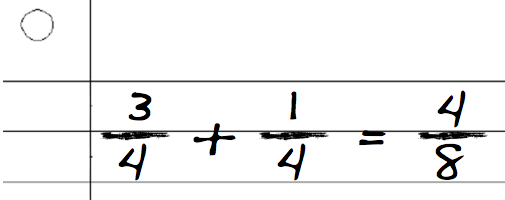
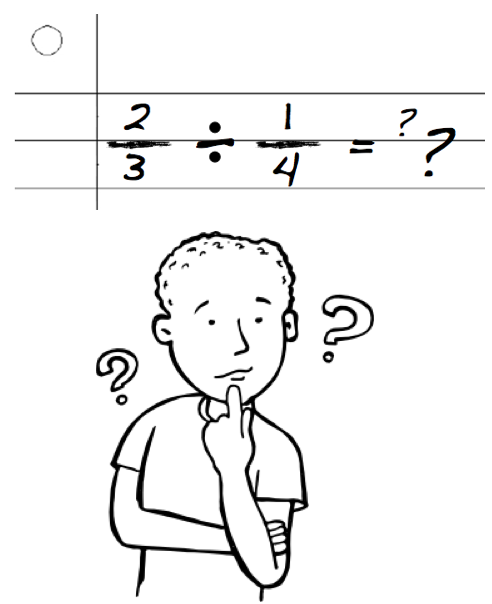
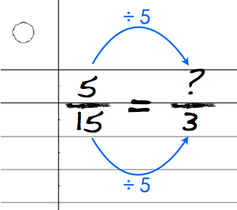
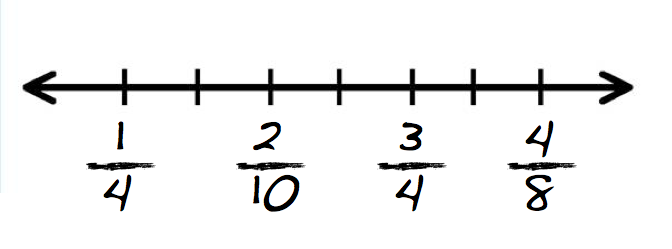
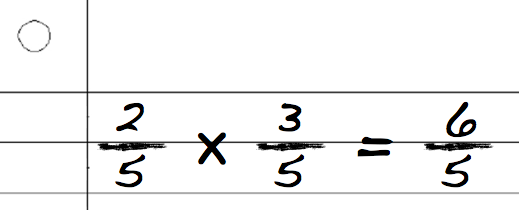
 RSS Feed
RSS Feed